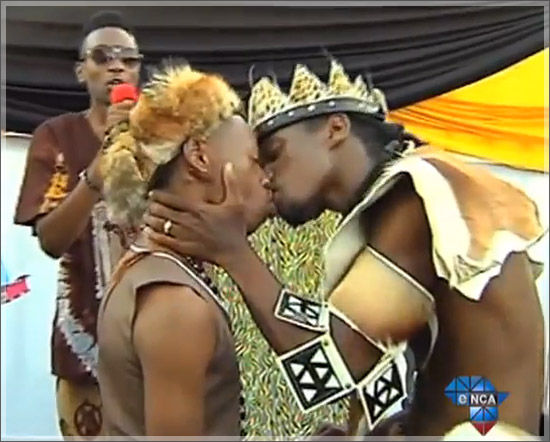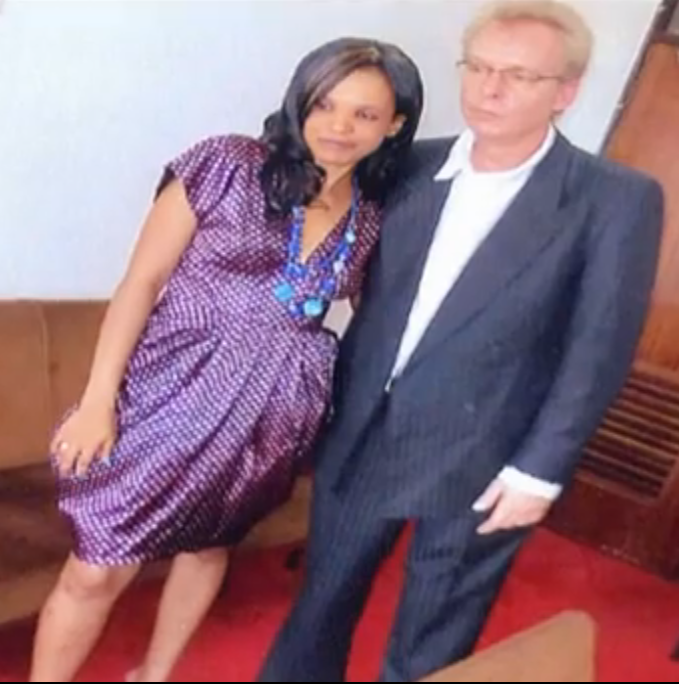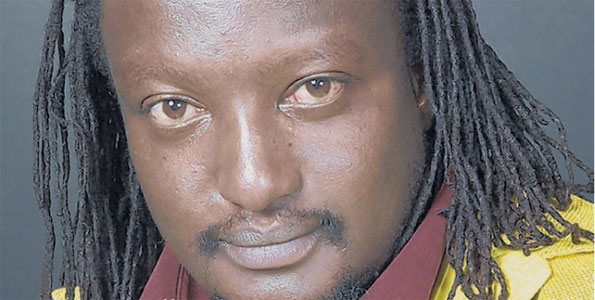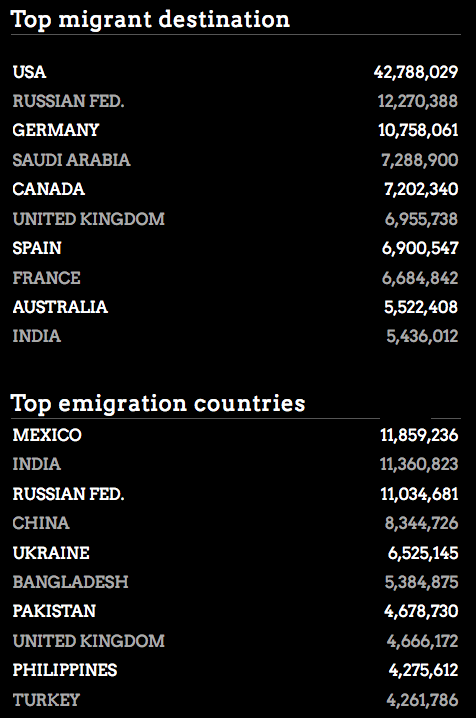Homosexuality almost like death is a sensitive topic to talk about. Most Africans/Kenyans are too traditional to talk about it, while the others are too religious to even consider it. As always, the first excuse as to why homosexuality isn’t right is “God doesn’t allow it” while the second is, “It’s un-African”. Un-African? How do you even explain that? How can you even explain something not being Kenyan let alone African?
My curious self decided to check out history books and find out how African or un-African this “new” practice is. Apparently, homosexuality isn’t as new as most of us think. According to history books, homosexuals were first written about on the Kenyan coast in 1899 by Johannes Krapf, (the German who wrote the first Swahili dictionary, the brown Kamusi used in schools today) while in Africa it is first sighted in 1353 B.C. in Egypt when Akhenaten was pharaoh in Egypt. Akhenaten is believed to have been an openly gay pharaoh during his reign.
My problem is this modern African who mentions “traditions” only when it suits them, a tradition most haven’t even learnt. It’s your right not to like homosexuality, but don’t bring in tradition into this. As for religion, I thought they all preach loving one another, ama?
Going by history, it seems homosexuality was a part of some of our traditions until western religions were introduced then it became immoral to practice it. Now that the westerners have decided it is ok, now we think it is right. Honestly, are Africans simply flags waiting for the western wind to blow before we decide on something? Are we so ready to abandon our beliefs for anything that is accepted by westerners? We lived peacefully with homosexuals until we were told it was evil. So we believed it and killed the practice, now the western nations have introduced it with their “scientific” research to back up their decision so now we’re all busy jumping ship and arguing that it is ok.
Well some are celebrating the anti-gay laws so that they can go seek asylum in Europe. Others are fighting for anti-gay laws because they are being paid to do so. Can we as Africans for ones make a decision based on what is best for the African and not just because of who’s paying?
The first time they came, they gave us a bible and took our land, wonder what they are going to take away this time.
Anyhu, check out the citations below:
Contents
Homosexuality not a Western import to Africa By JANET OTIENO
Ironically, there are records indicating that homosexuality is not a Western import after all. Ancient examples of the boy marriage tradition among Azande warriors of Central Africa region and the gay sex at the court of the Kabaka (king) of the Buganda support this concept.
History has it that different wars within the continent would encourage homosexuality in the pre-colonial Africa since it brought men together.
Further evidence for the existence of homosexuality is that pre-colonial African ethnic groups ascribed tribal classifications to gay people.
Certain tribes in pre-colonial Burkina Faso and South Africa regarded lesbians as astrologers and traditional healers, while a number of tribal groups in Cameroon and Gabon believed homosexuality had a medicinal effect.
In pre-colonial Benin, homosexuality was viewed as a boyhood phase that males passed through and eventually grew out of according to Zimbabwean Standard newspaper.
The Egyptian Pharaoh Akhenaten and his lover Smenkhkare were also documented as male couple in history. Their homosexuality does not seem to have bothered Akhenaten’s contemporaries, but his challenge to the clergy brought his downfall.
Although there is no data to substantiate a genetic or biologic basis for same-sex attraction, homosexuals prefer the biological explanations of hormonal imbalance, sexual abuse, prenatal hormone defect or lack of bonding with a same-sex parent as this helps to generate greater tolerance and building their case for minority status.
This would mean homosexuals need counselling and acceptance as opposed to the harsh penalties like imprisonment that will lead them to further isolation. Denying them the opportunity to live the way they have to, is total deprivation of their rights as human beings. –
Homosexuality in “Traditional” Sub-Saharan Africa and Contemporary South Africa* by Stephen O. Murray
(read the whole paper here)
Cross-gender homosexuality not tied to possession cults has been reported in a number of East African societies. Needham (1973:109-27) described a religious leadership role called mugawe among the Meru of Kenya which includes wearing women’s clothes and hairstyle. Mugawe are frequently homosexual, and sometimes are married to a man. Bryk (1939[1928]:151, 1964:228) reported active (i.e., insertive) Kikuyu pederasts called onek. and also mentioned “homoerotic bachelors” among the pastoralist Nandi11 and Maragoli (Wanga).
11 Bryk (1933:152) also mentions a Nandi boy whose affair with a white farmer continued even after the Nandi married, so that he “shared his bed between wife and master.” Hollis (1909:52-56) reported on circumcision festivals in which Nandi boys wore women’s clothes for about eight weeks. Hollis (1905:298) earlier had published Maasai texts in which the Maasai initiates “Sipolio like to appear as women and wear the surutya earrings and garments reaching to the ground. They also paint their faces with chalk. When they have all recovered they are shaved again and. . . discard the long garments and wear warrior’s skins and ornaments.”
Among Swahili-speakers on the Kenya coast, Shepherd (1978a: 133) reported, “In Mombasa, both male and female homosexuality is relatively common among Muslims; involving perhaps one in twenty-five adults.” Shepherd (1987: 240) with no data nor discussion of the basis for either the earlier estimate or its revision, raised the estimated rate to one in ten. In the first report emphasized, male homosexuality was confined to prostitution:
Mombasa’s mashoga are passive male homosexuals offering their persons for money. They advertise themselves in bright tight male attire in public places, usually, but may, when mingling with women at weddings, don women’s leso cloths, make-up and jasmine posies. Mashoga have all the liberties of men and are also welcome in many20 contexts otherwise exclusive to women. (Shepherd 1978a: 133; emphasis added).
Shepherd (1978b: 644) asserted that “though there are long-lasting relationships between homosexuals in Mombasa, most homosexual acts are fleeting, paid for in cash.” In a more recent analysis, Shepherd (1987:250) explained
20 In a subsequent communique, Shepherd (1978b: 664) noted the atypicality of weddings and reported that “when the mood is less playful — at a prayer-time, for instance, or at a funeral — the shoga must attend with men or not attend at all.” Shepherd (1987:253) reiterates that “weddings are light-hearted occasions” and that [m]ashoga gather with men on other occasions, concluding, “It would be quite wrong to suggest that homosexuals ought always to be in the company of women in situations where there is formal segregation.”
The Swahili [word] for a male homosexual is shoga, a word also used between women to mean ‘friend’. Homosexual relations in Mombasa are almost without exception between a younger, poorer partner and an older, richer one, whether their connection is for a brief act of prostitution or a more lengthy relationship. In the former case, there are fixed rates of payment, and in the latter, presents and perhaps full financial support for a while. But financial considerations are always involved and it is generally only the person who is paid who is called shoga. The older partner may have been a shoga himself in his youth, but is very likely to be successfully married to a woman as well as maintaining an interest in boys. Only if he is not married and has an apparently exclusive interest in homosexual contacts will he perhaps still be referred to as a shoga. The paid partner usually takes the passive role during intercourse, but I think it is true to say that his inferiority derives from the fact that he is paid to provide what is asked for, rather than for the [sexual] role he adopts…. The paying partner is usually known as the basha — the Pasha, the local term for the king in packs of playing cards.21
The main thesis of Shepherd (1978a, 1987) is that rank is more important than gender in Mombasa, and in Mombasan conception of homosexuality. Indeed, according to Shepherd (1987:255), trading sexual complaisance (specifically, providing a site for penetration) for money (or or help) is only “patron-client relations given a sexual dimension.” The primacy of wealth to sexual behavior is stressed in the passage quoted above. Startlingly, it is followed by a discussion of a folk view recognizing (pre- cognizing) which boys will engage in homosexuality on the basis not just of relative wealth, but also effeminacy (“prettiness”):
People say that they can predict who will be a homosexual, even with boys as young as 5 or 6 years old at times. They seem to base their prediction upon prettiness and family circumstances; boys reared in all-female households by a divorced mother and several sisters are likely to become homosexuals, they say, and the prediction is self-fulfilling since these are the boys whom men are certain to approach . ‘If he’s not a homosexual yet, he will be’, say women of teenage boys from such households. (Shepherd 1987:250-51)
To me, this suggests that more than economics is involved, even if Shepherd were right that it is primary in differentiating the basha from the shoga.
Although Shepherd (1978a,b) strenuously objected to Wikan’s (1977) suggestion of a “transsexual” or “third gender” conception,22 Shepherd (1987: 259-60) acknowledged some gender variance in dress and asserted that shoga “tend to employ the gait and voice which are the international signals of homosexuality. These seem to be imitated from other homosexuals, not from women, and the modest and quietness of ideal Swahili womanhood are quite absent in homosexual behaviour.”23
21 Although Mary Porter (11 November 1996) rejected the hypothesis of top being superior to bottom in the Mombasan view (“The only top and bottom would be the social hierarchies, which are much more subtle and graded than simple top and bottom”) in her comments after Amory (1996) a few weeks later she called attention to a local view of the colonial Arabic/Persian-derived tops (mabasha) “exploiting an indigenous class of innocent Africans,” denoted with the Bantu-derived term shoga. Amory (1996) stressed that the terms she recurrently heard in her 1995 fieldwork were gay, boyfriend,and girlfriend loanwords from English.
22 Shepherd (1978b) closed by making the shoga (and, by Shepherd’s ready extrapolation, the Omani khanith) age- rather than gender-defined homosexuality. Wikan (1978:669) justly labeled the departure from Shepherd’s vehement emphasis on poverty (class-conditioned homosexual prostitution) “startling.” Her stress that “many passive homosexuals, far from viewing their activity as joyless, are brought to orgasm by it” (1978b:664) does not fit well with her explanation of dire economic necessity. It also reduces “sexual pleasure” to ejaculation (see Carrier 1980).
Godfrey Wilson (1957:1) earlier reported that in Lamu, a Swahili town north of Mombasa, boys dressed as women, performed a striptease and then paired off with older men from the audience (Shepherd 1987:269 note 9). The first Swahili-English dictionary (Krapf 1882:891) included hánithi (clearly cognate to what Wikan romanized as xanith)24 for “catamite,” as well as mumémke (mume=man, mke=woman). Moreover, as Bleys (1995:168) noted, Baumann (1899) attested Swahili labels for sexually receptive men–mkesimune and mzebe, not just the Arabic hanisi.25
Shepherd argued convincingly that shoga are not classified as “women,” the “second sex.” For instance, they are not given women’s tasks to do, but are rather used as junior male kin are” (1987:253). There is no evidence in any of Shepherd’s publications, however, which bear on whether shoga departures from the expectations of masculine deportment, dress, and financial independence are considered a third sex or gender.26
Also on the Kenyan coast, Duran (1993:186) notes that “the picturesque townships of Malindi has been turned into a German sex colony frequented by single men and homosexuals” in quest of black phalluses and reported an Islamicist backlash against what is viewed as foreign corruption of impecunious young males.
23 Roscoe (1988:28) cautioned against a widespread failure in writing about what Whitam calls “transvestitic homosexuals” to distinguish female behavior from the stereotyping and exaggerations of flamboyant male performances of “femininity.”
24 Madan (1902:92) spelled it hanisi, which he glossed as “effeminate.” Sacleux (1891:95) attested kaumu lut’i for “sodomite.” The usual etymology for luti in Arabic is “Lot’s people” (see Murray 1995:624, 1997c). Madan (1902:376) added watu wa Sodom (men of Sodom) .
25 There is also asiewesa ku kuéa mke glossed laconicly as “catamite” (Krapf 1882:266).
26 Wikan (1977) vacillated between an “intermediate” gender and a distinct “third sex” in Sohar (the controversy following her article, including some perplexcing claims by Shepherd, is discussed in Murray 1996b), Oman (not an African society, but long involved in trade with and domination of both Zanzibar and Mombasa). On Zanzibar Haberlandt (1899:670) reported that “homosexuals of both sex are called mke-si-mume (woman, not man) in Swahili.” See his full text translated elsewhere in this volume.
Some adult Nandi women (in Kenya) “satisfied each other alternately” using wooden dildoes, according to Bryk (1939:149, 1964:227).







